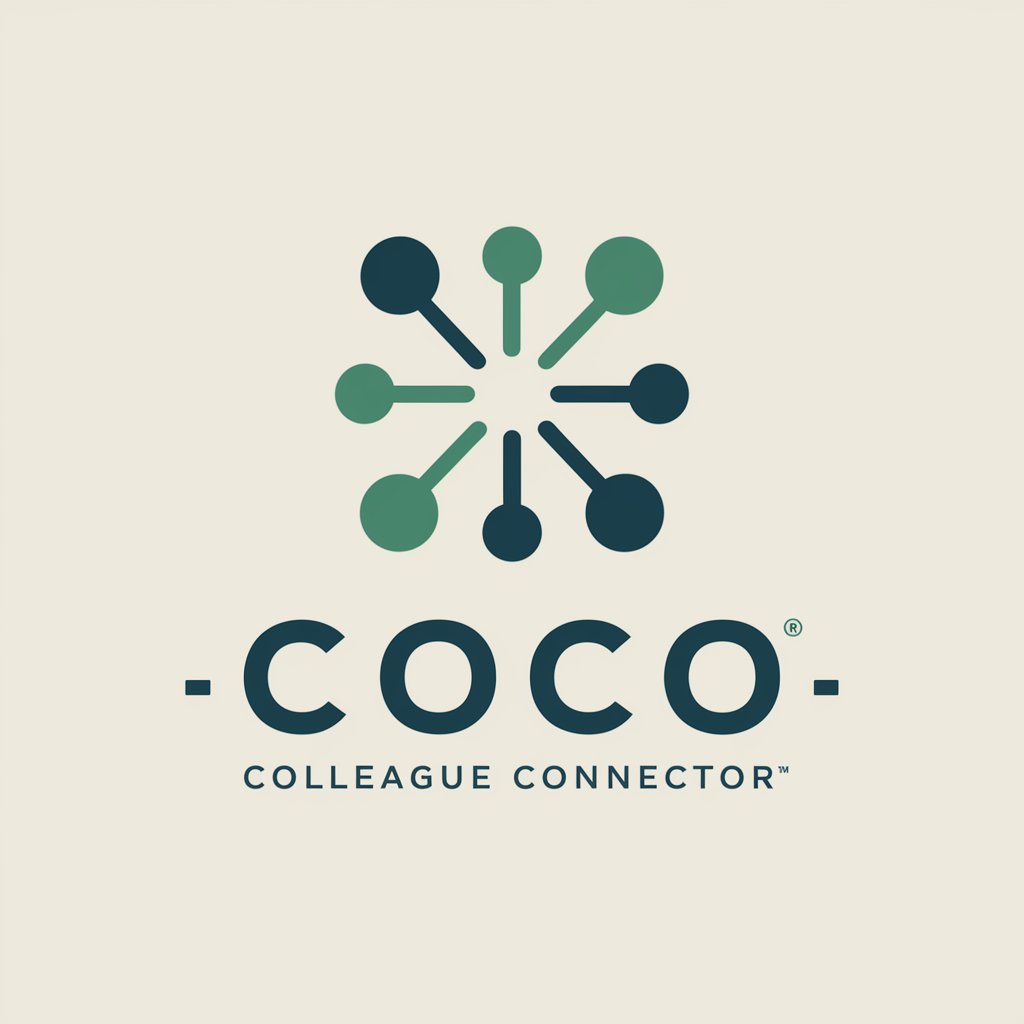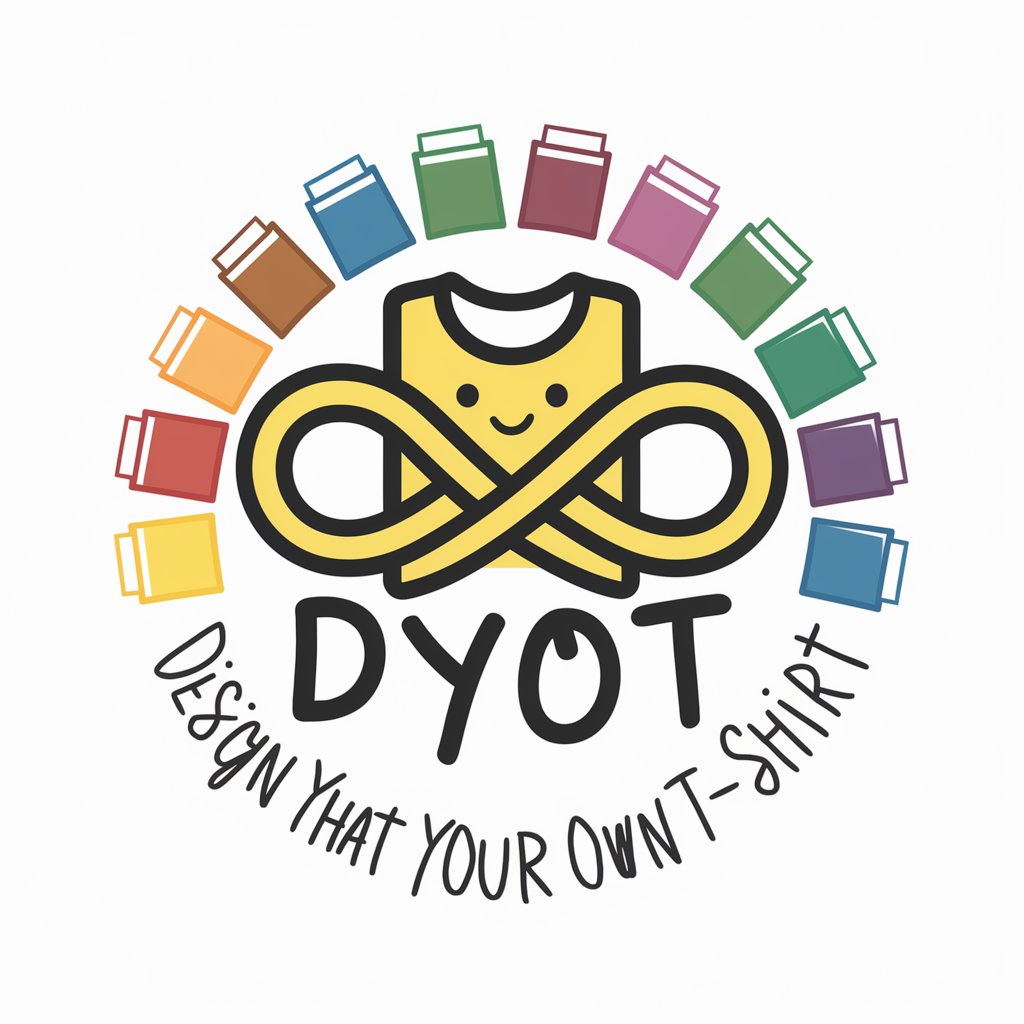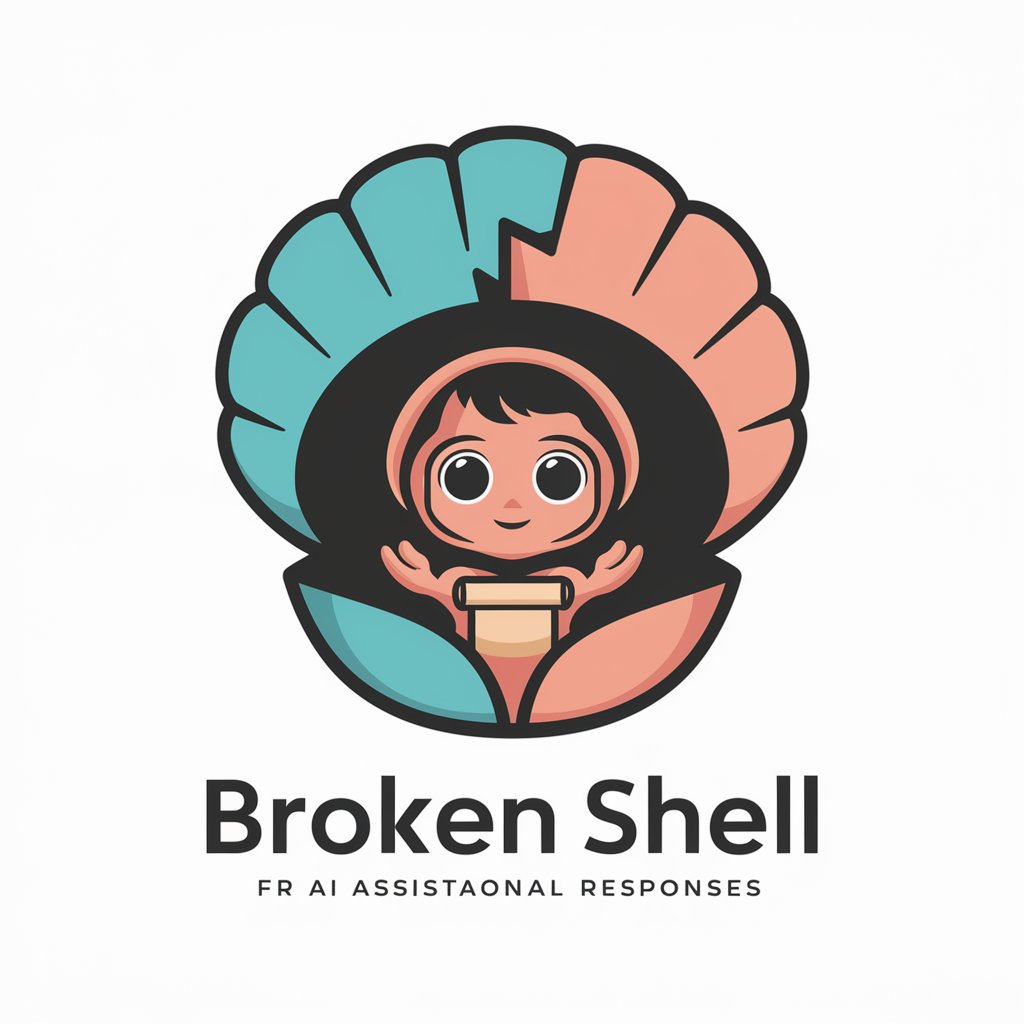
Market Positioning - Market Positioning Guidance

Hello! Let's position your product for success.
AI-Powered Positioning Strategy
Identify the competitive alternatives for...
Describe the unique attributes of your product that...
Explain the value your product delivers to customers and why they should...
Define the specific customer segments that...
Get Embed Code
Introduction to Market Positioning
Market Positioning, as a service, is designed to assist businesses in developing a strategic approach to position their products or services in the market effectively. The essence of Market Positioning lies in understanding how a product or service can be perceived in the best possible light by its target audience, relative to its competitors. It is built around the principles laid out in April Dunford's book 'Obviously Awesome', which emphasizes the importance of identifying competitive alternatives, unique attributes, enabled value, customer segments, and the appropriate market category. An example scenario could involve a tech startup looking to launch a new app that helps users track and reduce their carbon footprint. Through Market Positioning, this startup can identify direct and indirect competitors (like other apps, websites, or even traditional diaries), pinpoint its unique attributes (e.g., AI-powered suggestions for reducing carbon output), map the values it delivers to customers (such as contributing to environmental sustainability), define its target customer segments (environmentally conscious individuals), and determine its market category (sustainability tech). Powered by ChatGPT-4o。

Main Functions of Market Positioning
Understanding Competitive Alternatives
Example
Identifying that for a meal planning app, competitive alternatives might include not just other apps, but also cookbooks, meal delivery services, or defaulting to eating out.
Scenario
This function is critical for startups entering crowded markets, enabling them to clarify their unique position and tailor their marketing efforts to highlight how they're different and better.
Pinpointing Unique Attributes
Example
Discovering that a boutique online store's unique attributes include exclusive designs, personalized customer service, and a sustainable supply chain.
Scenario
For small businesses looking to differentiate themselves in a competitive e-commerce landscape, identifying and promoting these attributes can help carve out a niche market.
Mapping Enabled Value & Proof
Example
For a cloud storage company, mapping enabled value might involve demonstrating superior security features, ease of use, and competitive pricing, with proof provided through customer testimonials and security certifications.
Scenario
This is particularly useful for tech companies seeking to justify their product's value proposition in markets where technical features and benefits require clear, credible evidence.
Defining Target Customer Segments
Example
A luxury car brand might define its customer segments as affluent individuals valuing performance, luxury, and brand prestige, using demographic and psychographic criteria.
Scenario
High-end product manufacturers can use this function to ensure their marketing and product development efforts are aligned with the preferences and expectations of their most likely buyers.
Determining the Appropriate Market Category
Example
A new fintech platform offering budgeting tools for freelancers might position itself in the 'Financial Tools for Independent Contractors' category to clearly communicate its target market and differentiate from general budgeting apps.
Scenario
Emerging companies in fast-evolving sectors can benefit from this function by establishing a clear niche, facilitating better understanding among potential users and investors.
Ideal Users of Market Positioning Services
Startups and New Ventures
These entities are in the process of introducing new products or services and need to establish a clear market position from the outset to differentiate themselves from competitors and attract early adopters.
Established Businesses Exploring New Markets
Companies looking to enter new geographical or product markets can utilize Market Positioning to adapt their offerings and messaging to meet the unique demands and expectations of a new customer base.
Product Managers and Marketing Professionals
Individuals in these roles are constantly seeking ways to refine and evolve their product's market position to stay competitive. Market Positioning provides them with a structured approach to evaluate and adjust their strategies based on changing market dynamics and customer feedback.
Small and Medium-sized Enterprises (SMEs)
SMEs can benefit from Market Positioning to carve out a niche in competitive industries, focusing on their unique strengths and values to attract a dedicated customer base without directly confronting larger rivals.

How to Use Market Positioning
1. Start with a Free Trial
Access yeschat.ai to start your free trial, which does not require a login or a ChatGPT Plus subscription.
2. Identify Your Competitive Alternatives
Determine what customers might use instead of your product or service. This includes direct competitors, alternative solutions, or even the choice to do nothing.
3. Define Unique Attributes
Identify what sets your product or service apart. Consider features, expertise, relationships, or capabilities unique to your offering.
4. Connect Attributes to Customer Value
Map out how your unique attributes deliver value to your customers. Clarify why these benefits are compelling and believeable.
5. Specify Your Target Market
Define the specific customer segments that will find the most value in your offering. Consider demographic, psychographic, and behavioral characteristics.
Try other advanced and practical GPTs
DadGPT
Lighten up your day with AI-powered dad jokes.

Conversation Starter
Sparking meaningful conversations with AI

Mischievous Colleague
Where AI meets mischief.

Coco - Colleague Connector
Connect with the right colleague, right now.

Meme Explainer
Decipher Memes with AI

Dev Colleague
Streamlining Development with AI

Researcher Colleague
Empowering Research with AI

Design You Own T-Shirt (DYOT)
Empower Your Creativity with AI-Driven Design

Colleagues Email Responder
Elevate Your Email Game with AI

Shell Guru
Automate with AI-driven shell solutions.

Shell Whisperer
Empowering Turtle Owners with AI

Broken Shell
Engage, Explore, Empower with AI

Market Positioning FAQs
What is Market Positioning?
Market Positioning refers to the process of establishing your product or service in the market by highlighting its unique value proposition, identifying competitive alternatives, and targeting specific customer segments.
How do I determine my product's unique attributes?
Unique attributes can be identified through customer feedback, competitive analysis, and internal assessment of your product’s features, capabilities, relationships, and expertise.
What are competitive alternatives?
Competitive alternatives include any option your potential customers might consider instead of your product or service, ranging from direct competitors to indirect solutions like doing nothing or using a manual process.
Why is customer segmentation important in Market Positioning?
Customer segmentation allows you to focus your marketing and product development efforts on the groups of people most likely to benefit from and purchase your offering, making your strategies more effective and efficient.
How do I choose the right market category for my product?
Choosing the right market category involves understanding where your product fits in the broader market, how it compares to existing solutions, and how it meets the unique needs of your target customers.





